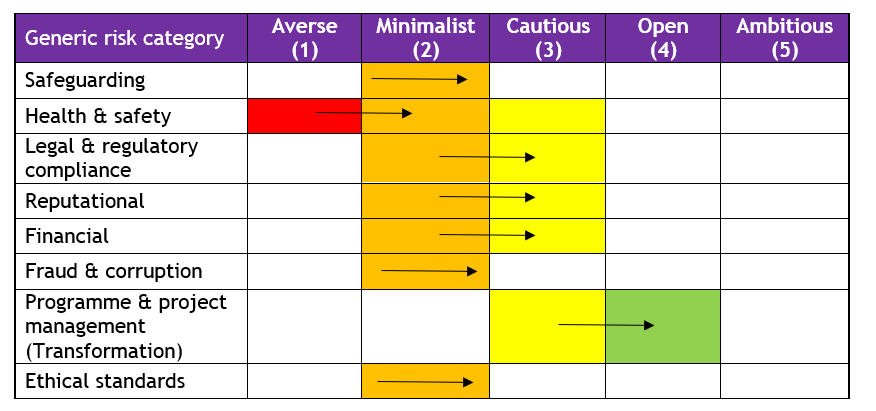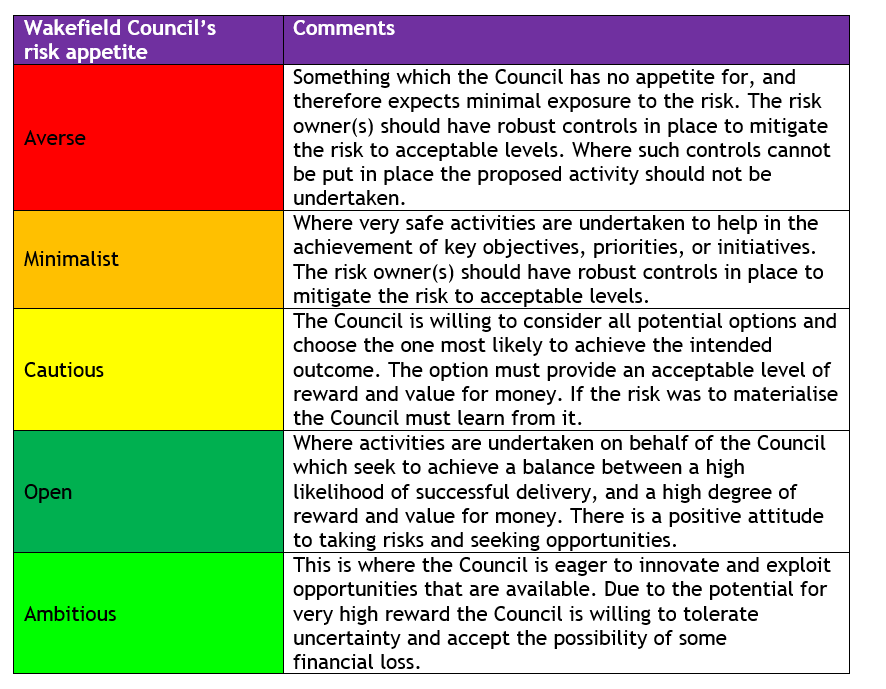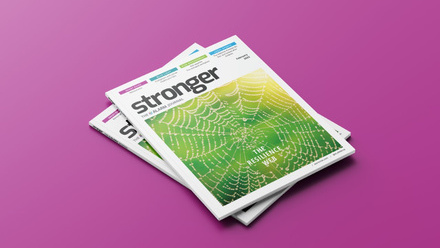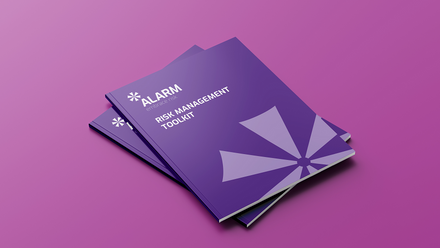Setting a risk appetite can be challenging for organisations faced with threats from a changing external risk environment.
Guidance in the Government Finance Function's revised Risk Appetite Guidance Note (August 2021) reflects this and states: 'public sector organisations cannot be culturally risk averse'.
When developing or refreshing a risk appetite statement this guidance may provide a good starting point.
Historically, public service organisations have been relatively risk averse. However, this has changed as local authorities and other public bodies have become subject to greater financial, workforce, and technological pressures, and have been exasperated by the challenges of Brexit, COVID-19, and the Ukranian War.
Organisations have had to venture into new initiatives. These include commercial enterprises to increase revenue streams and deliver balanced budgets, innovative ways to recruit and retain staff, and restructured and re-designed services to deliver more for less.
These significant changes will have either consciously or subconciously led to reviewing an organisation's approach to and appetite for risk.
Setting the tone
A definition of risk appetite, as detailed in Wakefield Council's 2022/23 Risk Appetite Statement is:
The amount and type of risk that we are willing to seek or accept in the pursuit of agreed strategic objectives and key priorities.
Our overarching statement is quite generic and is supported by more detailed guidance.
It has been developed following guidance and best practice from professional bodies, including ALARM, and by consulting with internal and external stakeholders. The statement is approved by our cabinet each year and shared with our audit and governance committee.
At Wakefield we have taken government guidance into consideration, while assessing the risks we face currently. This has resulted in some subtle changes to the statement, including an overall raising of our risk appetite from risk averse to having minimalist risk appetite for a range of risk categories. The exceptions are risks relating to health & safety (see table below).

Each of the five levels of risk appetite is underpinned by a descriptive statement.

The risk appetite is reviewed and refreshed annually and presented to the committee as part of a suite of risk documents. These include: risk framework, risk policy, risk guidance, and risk on a page summary.
In developing or refreshing the appetite statementy ensure:
- Approval at the highest level in the organisation.
- The statement is understood and widely available.
- Generic statements are avoided. They must be meaningful to risk owners and practitioners.
Other benefits
At Wakefield, having a clearly articulated and understood risk appetitie statement has increased the confidence of risk practitioners. We are also embedding our risk appetite further through mandatory e-learning sessions for managers and risk practitioners.
Setting individual risk target scores and associated target dates ensures each risk is mitigated in line with our appetite. This prevents our treatment of risk and associated unnecessary costs.
We try to embed our risk appetite wherever possible. Examples of this include aligning our insurance deductible with our financial risk appetite and using our financial risk appetite when sizing programmes and projects.
Setting a clearly defined, appropriately approved and widely available appetite for risk can deliver tangible benefits. It can set the risk tone and provide a clear mandate for managing risks. It can also help drive the risk culture, give confidence and clarity to risk practitioners. Importantly, it can be aligned to a range of other business activities.





